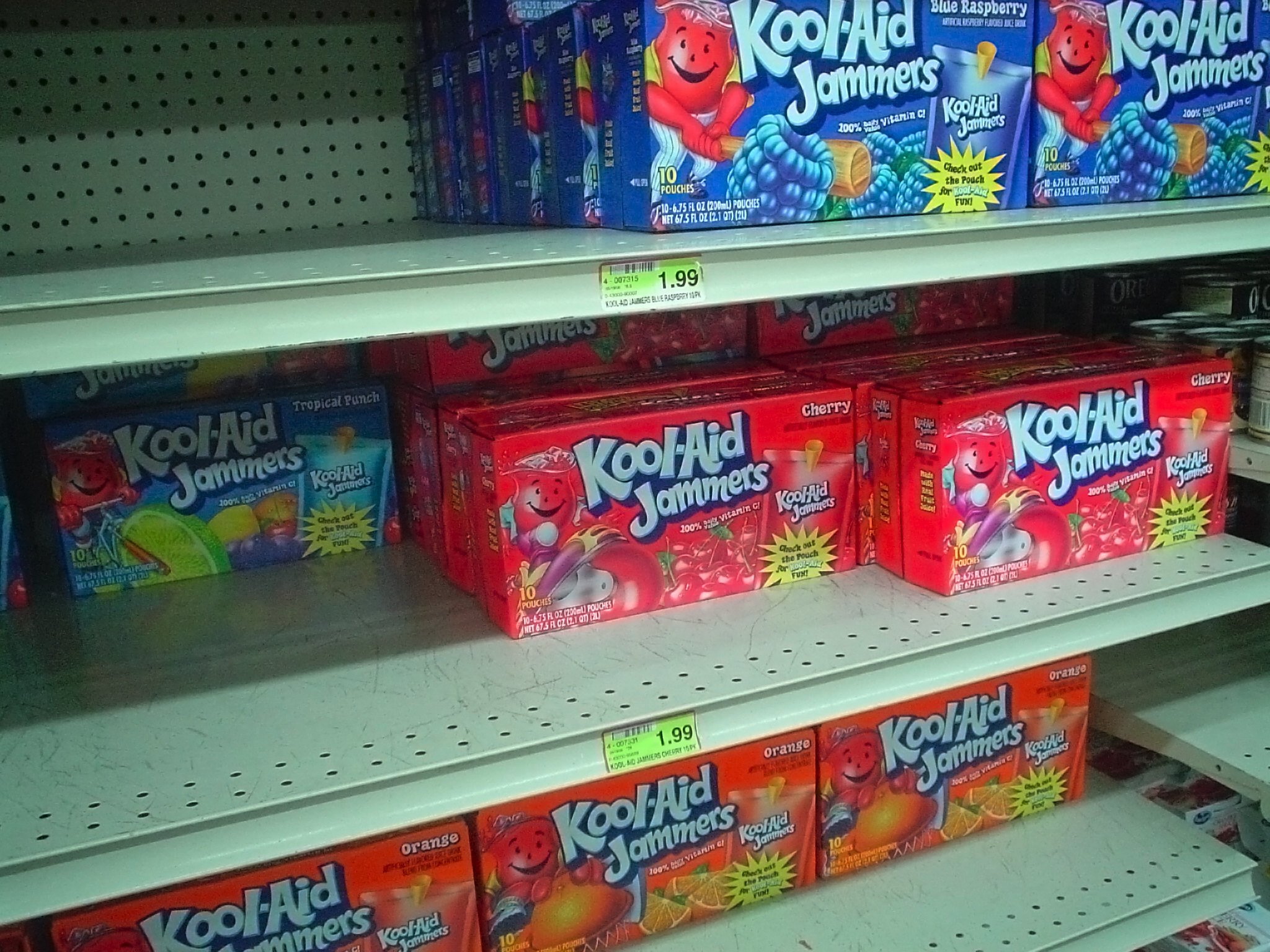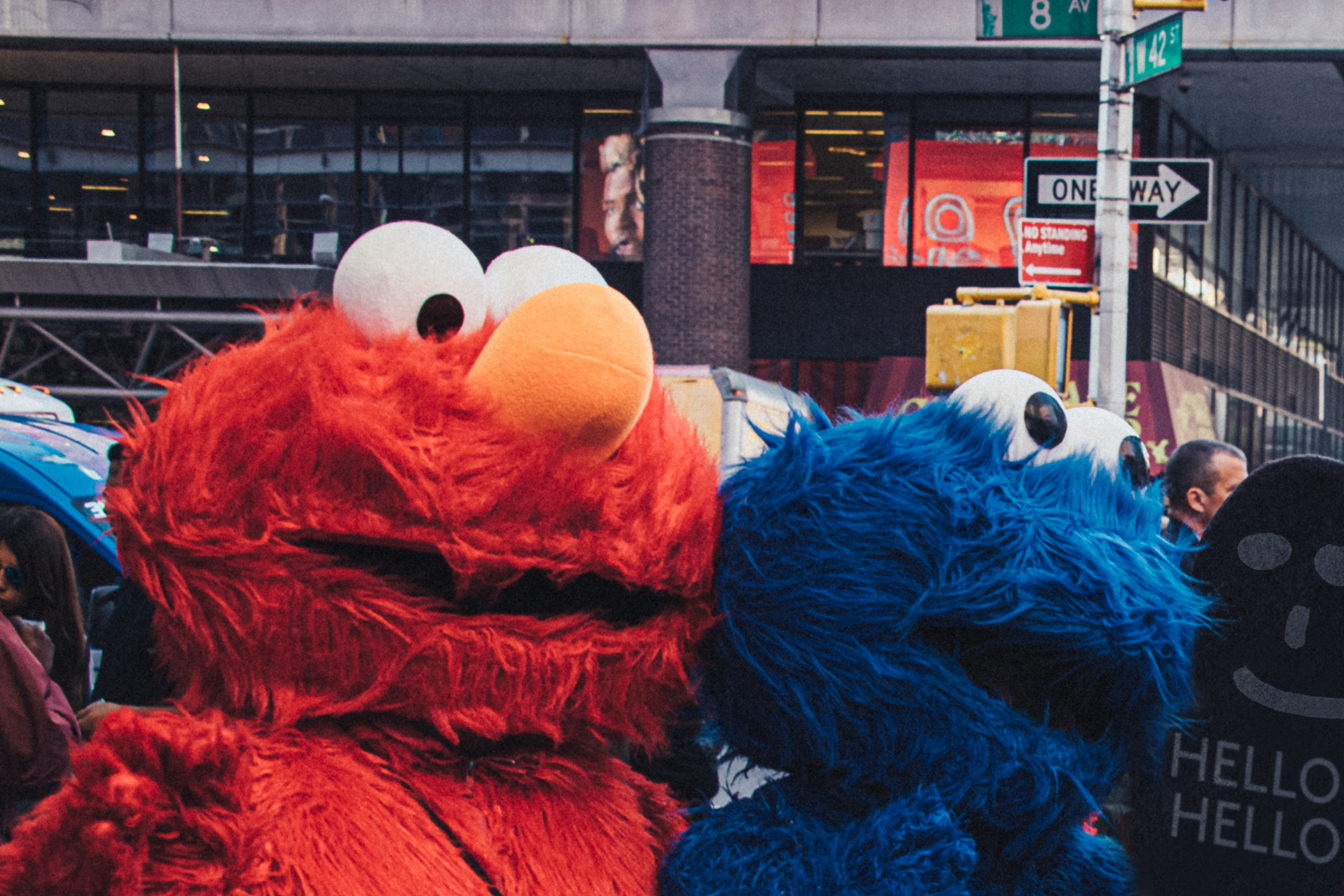Food marketing tactics subtly influenced children’s food choices and brand loyalty early on.

Food marketing during childhood plays a significant role in shaping preferences, often without conscious awareness. Bright packaging, beloved characters, and catchy jingles create emotional bonds that influence choices and behaviors. These strategies tap into consumer psychology by appealing to emotions and social connections, fostering early brand loyalty. Understanding these tactics offers insight into how childhood experiences with food advertising continue to impact perceptions and eating habits later in life.
1. Using colorful packaging to attract children’s attention instantly.

Bright, eye-catching packaging can draw young eyes like a magnet. Brands often use bold colors and playful designs on boxes and wrappers to create instant visual appeal. As children spot these on store shelves, they’re likely to reach for them and ask their parents to buy.
Store aisles filled with colorful packages can resemble a toy room, turning grocery shopping into a visual adventure for youngsters. The bold reds, blues, and yellows not only stand out but can also evoke excitement or curiosity, increasing the chances of a child-centered purchasing decision.
2. Featuring popular cartoon characters to build brand loyalty early.

Featuring beloved cartoon characters can smoothly establish brand loyalty among young consumers. By placing popular characters on cereal boxes or snack wrappers, advertisers tap into the familiarity children have with their animated friends. This connection often leads to preferences before tasting.
A friendly face, like a superhero or princess, can evoke feelings of trust and association. Children may assume that if their favorite hero endorses a snack, it’s worthwhile. This early attachment to brands, fostered by familiar characters, often persists into adulthood without conscious awareness.
3. Creating jingles that stick in children’s minds effortlessly.

Clever jingles can reside in young minds long after an advertisement ends. These catchy tunes are engineered to be simple and memorable, effortlessly embedding brand names and slogans into children’s mental playlists. Once a tune is stuck, it becomes a soft reminder of the product.
In family settings, a child humming a jingle can influence support for a brand without direct conversation. Jingles like these become privately influential, playing on repeat, nudging preferences subtly every time young listeners recall the catchy melody.
4. Offering toys or collectibles to encourage repeat purchases.

Toys or collectible items enhance appeal and encourage repeated buying behavior. Fast-food meals or cereals often include surprise toys, both enticing children and promising a continued sense of excitement with each purchase. These items act as tangible rewards for consistent consumption.
Imagine a cereal box with a surprise toy inside. Children’s anticipation heightens as they collect each version, urging parents to buy more boxes. The thrill of completing a set becomes a game, intertwining purchasing habits with childhood play, solidifying brand loyalty.
5. Advertising during children’s television programming for targeted exposure.

Advertising during children’s TV programming ensures that young audiences receive targeted brand messages. Commercials strategically placed between shows captivate youthful viewers, attracting undivided attention. As children associate these products with their favorite programs, brand recall strengthens beyond mere exposure.
Consuming content passively, children absorb ads alongside engaging cartoons or shows, often leading to repeated requests for the products advertised. With exposure correlated directly to viewing patterns, kids’ responses to commercials translate into a powerful recall mechanism long after screens are turned off.
6. Designing mascots that create friendly and memorable brand identities.

Mascots, often colorful and animated, foster strong brand identities in children’s minds. These character figures embody the brand’s personality, enticing kids to associate products with fun and friendliness. Familiar faces like Tony the Tiger make brands memorable and engaging.
Grocery shelves lined with these mascots create an inviting, approachable atmosphere. Children recognize these figures as part of their daily experiences, building trust and comfort with the product. Through friendly smiles or quirky traits, mascots serve as ambassadors, reinforcing brand recall effectively in daily routines.
7. Promoting limited-time offers to create a sense of urgency.

Limited-time offers inject urgency into purchasing decisions for both children and their parents. By highlighting time-sensitive deals, brands create a fear of missing out that drives immediate engagement. Children often communicate this sense of urgency, encouraging prompt action in households.
The ticking clock of a limited offer can prompt families to stockpile or prioritize an item’s purchase, especially if it’s tied to a beloved character or culture-specific theme. This crafted urgency not only promotes quick sales but instills a recurring urgency to act on similar offers.
8. Leveraging peer influence through kids’ clubs and social groups.

Food marketing cleverly leverages peer influence through kids’ clubs and social settings. By integrating products into social activities, brands tap into children’s desire to fit in. When friends or classmates favor a product, individual preferences tend to align automatically.
Consider school settings where branded club memberships offer exclusive experiences or content. As children share these experiences, brands benefit from increased word-of-mouth promotion and perceived value, deepening the emotional connection to the product, which reverberates in playground conversations and lunchtime exchanges.
9. Highlighting fun and playfulness to associate products with enjoyment.

Marketing often links products with fun and play, fostering mental connections between food and enjoyment. Campaigns highlighting excitement around a snack or meal entice children to equate consumption with happiness and positivity. Laughter-filled commercials evoke sentiments children long to experience.
In playground discussions, children frequently focus on the joy from food-related interactions shown in ads. Presenting foods as part of exciting adventures, marketing campaigns enhance the value perception of simple snacks, elevating them to experiences that children and parents treasure.
10. Using bright colors and simple shapes to appeal to young eyes.

Bright colors and simple shapes in packaging and advertisements appeal to a child’s developing visual perception. Simplified visuals can attract young audiences, where clarity and vibrancy meet. Such straightforward imagery eases recognition and recall of a product among numerous choices.
For instance, bright oranges, uncomplicated logos, and bold letters dominate the foreground, minimizing the need for children to scrutinize options. As these bold elements repeat across brand touchpoints, young minds independently connect products with pleasurable taste or fun activities.
11. Tapping into parents’ desires for convenience and nutrition claims.

In marketing, nutritional claims often speak to parents, seeking reassurance while purchasing. Brands emphasize health benefits or easy preparation, addressing parental desires for nourishing choices. Labels suggesting vitamins or effortless implementation simplify discerning these preferred buys.
Navigating supermarket aisles, parents prioritize packages with claims promising balanced nutrition without hassle. Marketers familiarize consumers with wholesome claims alongside appetizing visuals, facilitating well-grounded decisions amidst parental responsibilities, trusting advertised assurances to align with family priorities and ensuring a nutritious diet.
12. Repeating slogans frequently to embed brand messages subconsciously.

Repetitive slogans anchor brand messages in a child’s subconscious, reinforcing them through consistent exposure. These concise, rhythmic phrases often accompany visual content, allowing children to internalize brand sentiments over time. With repetition, a slogan becomes a brand’s signature.
Within daily interactions, children unwittingly recall slogans prompted by related discussions or activities, channeling ingrained messages in an unforced manner. Unconsciously repeated, these slogans gradually shape perceptions of the product, influencing both immediate choices and sustained inclinations.
